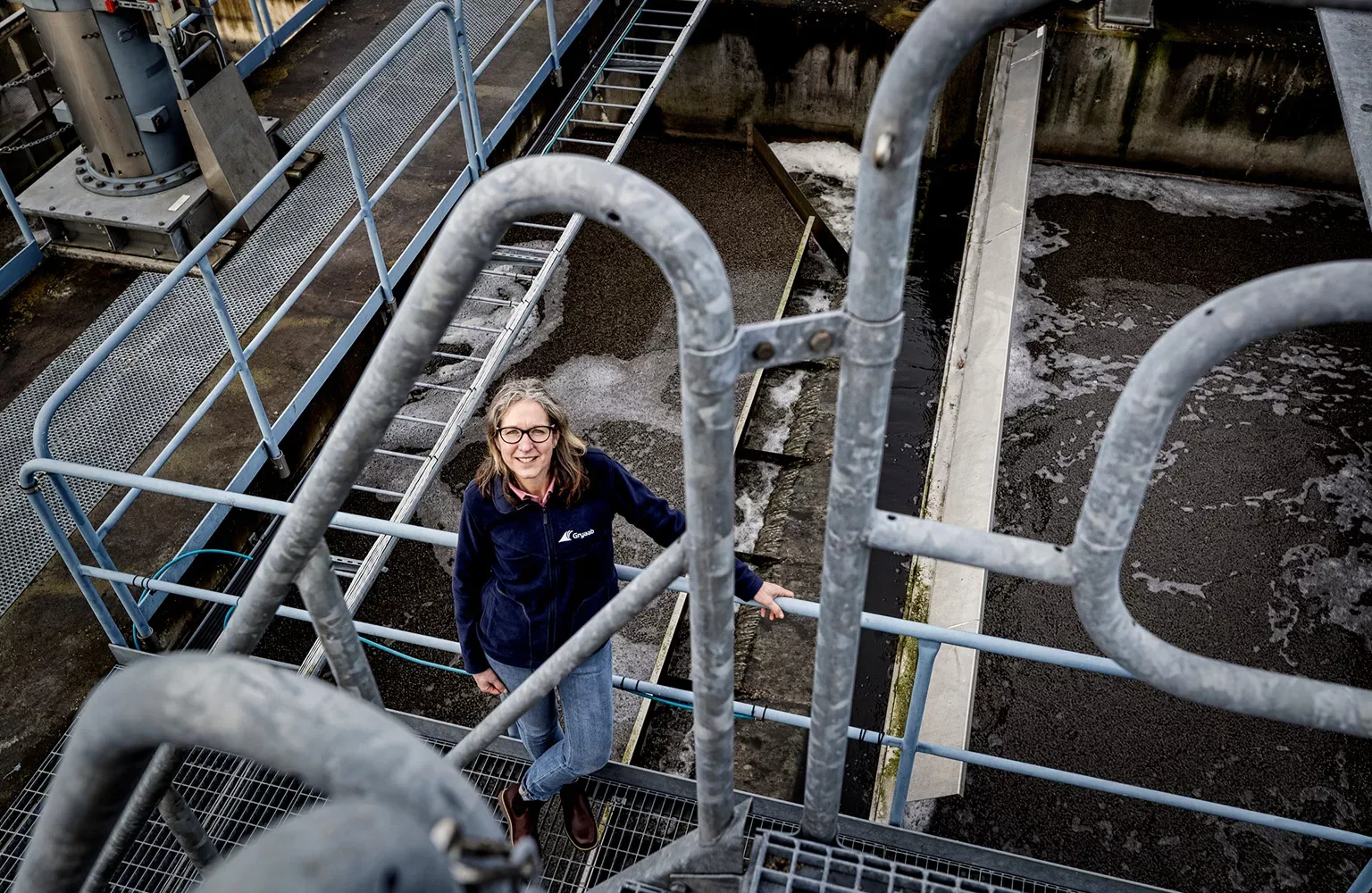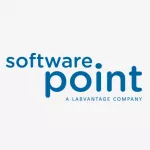Gryaab works diligently for a cleaner ocean and a more sustainable future by taking care of wastewater in the most responsible and productive way. CEO, Karin Van Der Salm, tells us more.
THE POWER OF PURIFICATION
Home to a vibrant cultural scene, world-class restaurants, sustainable living, and a picturesque archipelago of islands, Gothenburg accommodates a population of 600,000 and is situated in the southwest of Sweden.
Since being founded in 1621, it has grown and developed into a modern, industrialised area with a major port and home to countless industries.
At a time of rapid expansion for the city in the mid-1800s, sewer systems were built with the aim of limiting bad smells and the spread of disease by transporting wastewater and rain from the city centre into the local estuary. This innovative and historic system was expanded and developed for the next century, eventually leading to Gryaab being born.
Besides the implementation of these sewers, the single largest development regarding wastewater handling and treatment within Gothenburg and its surrounding municipalities was the decision made by Gryaab to collect and treat the water. This was achieved by creating a system of collection tunnels that lead to a large centralised regional wastewater treatment plant (WWTP).
“In 1972, the Rya WWTP was commissioned, which included a 130 kilometre (km) tunnel system and a relatively standard wastewater facility with a requirement for the reduction of organic material to the estuary,” introduces Karin Van Der Salm, CEO of Gryaab.
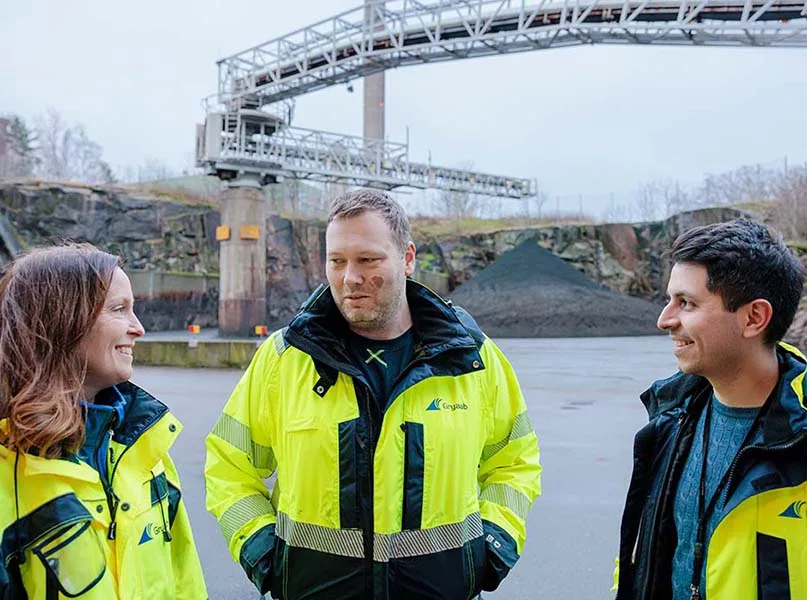
Plenty has happened at the plant in the last 50 years, and today it serves a population of 800,000 across eight municipalities and has significantly more stringent discharge consents.
“The facility has been modified, rebuilt, and retrofitted several times during the last five decades and is now a fully automated plant with an innovative combination of traditional processes, such as activated sludge with more modern biofilm processes and microscreens for additional particle removal,” she adds.
Furthermore, a large proportion of the combined sewers within the city of Gothenburg and surrounding municipalities still exist, which means that the plant has been developed to withstand high peak flows during periods of heavy rainfall.
As CEO, Van Der Salm brings excellent experience from previous roles alongside her studies at Delft University of Technology. With a robust skill set that includes experience in chemical engineering, petroleum engineering, business strategy, project planning, and more, she continues to contribute valuable insights to the industry as Gryaab prospers within the sector.
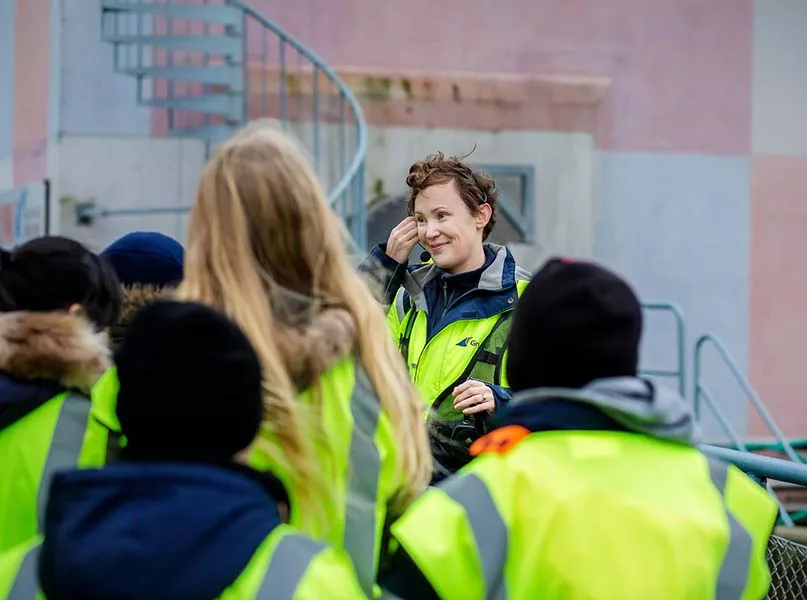
ENVIRONMENTAL STEWARDS
Gryaab continues to work diligently for a cleaner sea and a better environment.
“We do this by taking care of wastewater in the best possible way. We already meet today’s emission requirements for nitrogen and phosphorus by a good margin, but we are still working on constantly developing the purification process to become even better,” clarifies Van Der Salm.
“We think sustainably, not just about what we produce, but also how we do it as we believe in a sustainable society that takes advantage of the Earth’s resources,” she adds.
Similarly, Gryaab has also developed its own environmental policy where it promises to contribute to keeping local lakes and waterways healthy and free from the Gothenburg region’s wastewater.
It is the company’s firm belief that water produced from industries must have the same quality as the wastwater from households. To tackle this, Gryaab treats the water and removes a large part of the nutrients that can lead to harmful eutrophication in the sea.
Gryaab then produces biogas and the treated sludge is used as fertiliser before the purified water is then discharged into the Göta älv river and flows out to sea.
To effectively maintain this carefully managed process, 120 committed employees make up a highly diverse and skilled staffing body that works at Gryaab across more than 40 different professions.
“Without our staff, we would not make any progress. It’s the creativity, knowledge, and experience of our people that drive our innovation. My role is to create an environment where the staff can produce at their absolute best.”
“We think sustainably, not just about what we produce, but also how we do it as we believe in a sustainable society that takes advantage of the Earth’s resources”
Karin Van Der Salm, CEO, Gryaab
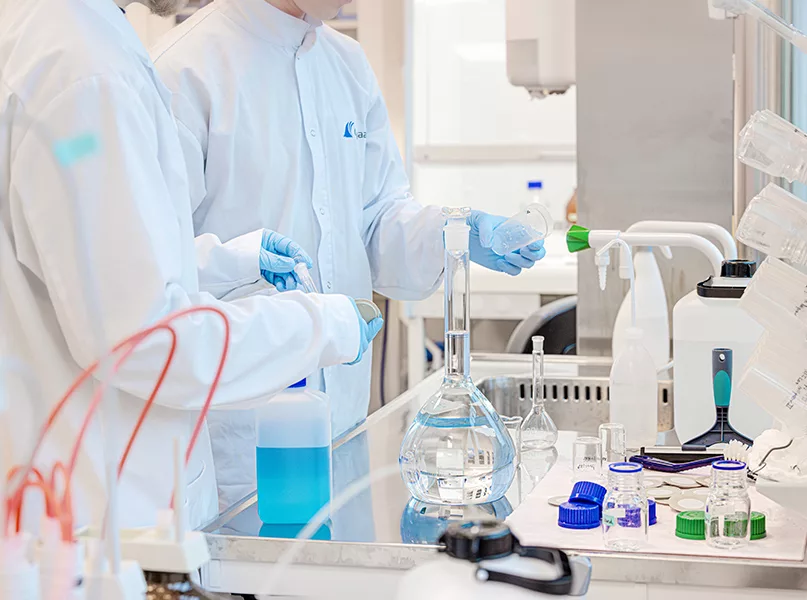
PERFECTING THE PROCESS
For Gryaab, the wastewater purification process, which concerns the treatment of water, can be divided into three stages: mechanical, chemical, and biological purification.
“Mechanical purification is where different machines and mechanical processes purify the water. This includes our coarse and fine cleaning grates where debris gets stuck in the grates and is taken care of,” explains Van Der Salm.
In the chemical treatment process, the company uses different chemicals to remove phosphorus from the wastewater.
“With the help of iron sulphate, we precipitate the phosphorus that is loose in the wastewater. This means that the iron sulphate clumps together with the phosphorus and sinks to the bottom and becomes sludge,” she furthers.
Concerning the process of biological purification, bacteria helps to both break down organic matter and convert nitrogen so that it ends up in the air instead of the water.
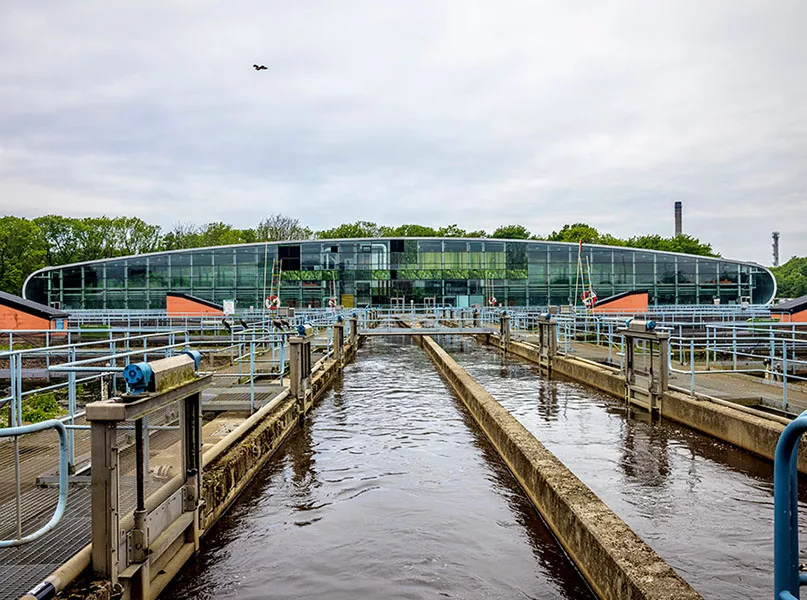
EDUCATING SOCIAL RESPONSIBILITY
In addition to Gryaab’s socially beneficial responsibility regarding the water purification process and its reduced environmental emissions, the company works in several different ways to contribute to society.
“We work continuously with study visits and school classes in the Gothenburg region as a way of creating awareness and understanding of our socially beneficial function,” Van Der Salm enthuses.
Over 2,000 students visit the plant every year where, during the guided tours of the facility, the company educates the pupils on how everybody can do their part to help keep the sea clean.
These valuable study visits rely heavily on dialogue between guides and students. This is an effective strategy to change behaviour when it comes to what people flush down the toilet. The school children are also at an age where they happily teach parents about what they have learned at Gryaab.
The company also participates in training programmes via universities of applied sciences for future water and wastewater employees. In this way, it helps to train industry colleagues with its specialist skills and presents itself at fairs and workplace days at universities around Sweden.
“We always adhere to a skills-based and open-minded recruitment process, which creates a multicultural and open workplace for everyone,” she continues.
This is only a selection of some of the ways that Gryaab contributes to its community, always keeping citizens and broader society in focus.
“We always adhere to a skills-based and open-minded recruitment process, which creates a multicultural and open workplace for everyone”
Karin Van Der Salm, CEO, Gryaab
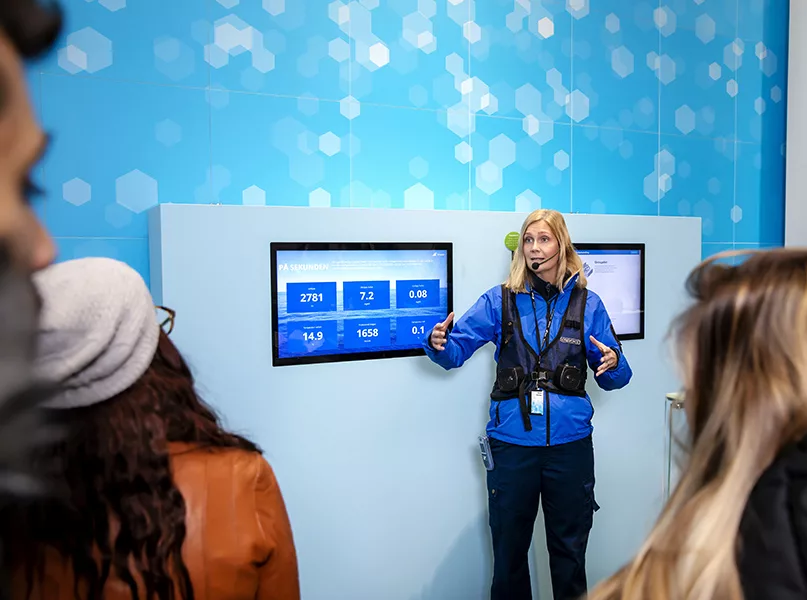
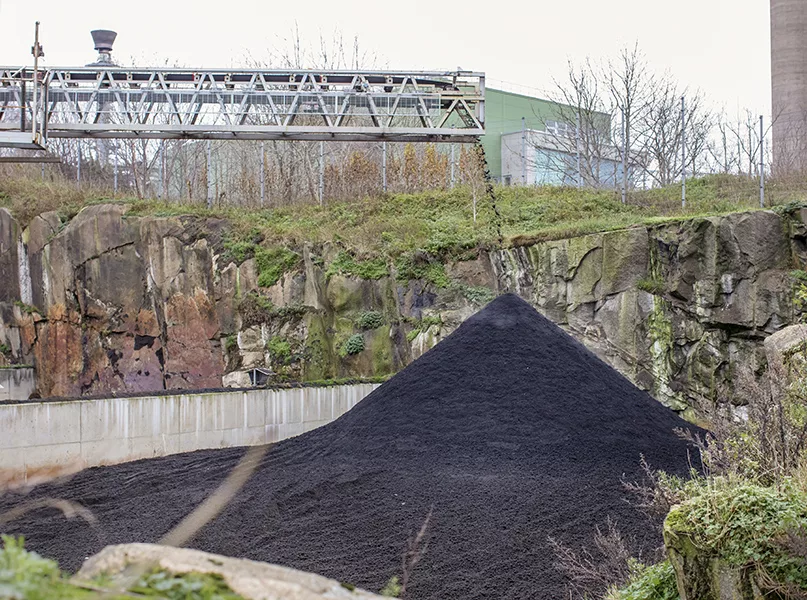
SETTING AMBITIOUS GOALS
Looking toward the future of the company, the population within Gryaab’s region is expected to grow, while new municipalities may also connect to its system with more stringent discharge consents anticipated.
As a result, a project called New Rya was initiated in 2021 to look at potential solutions to these challenges. Furthermore, additional treatment processes will be ready for action in 2036.
“The goal for 2024 is to grow our department for circular business, and among many other targets, I would also like to see new clients for technical water,” Van Der Salm excites.
“We use a lot of premium methanol in our process, so we have a target to exchange this with a lower value product from another industry, in other words, taking part in circularity and turning waste into new products,” she concludes.
Additionally, Gryaab is embarking on a new journey with the aim of participating even more in the circular economy, with the target of creating an entirely fresh vision for the company.



